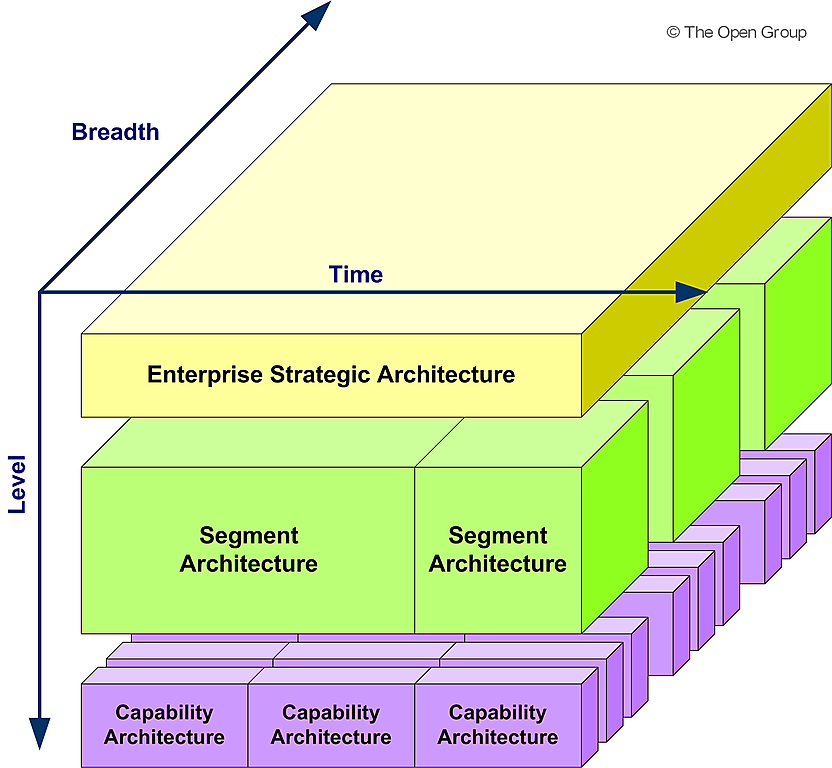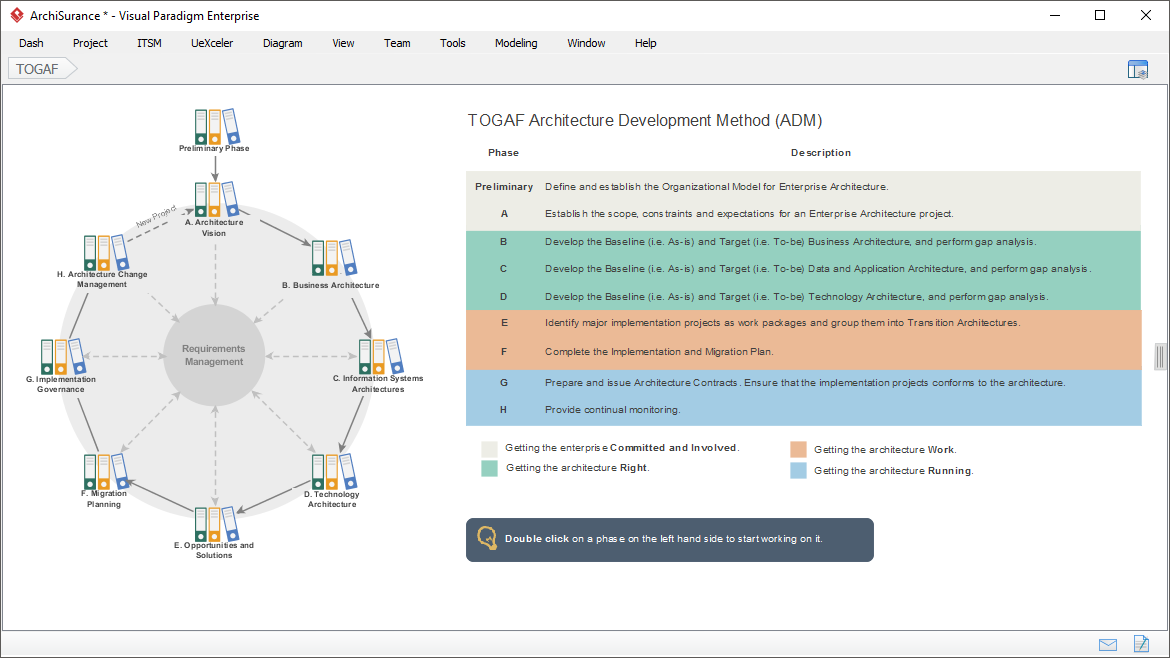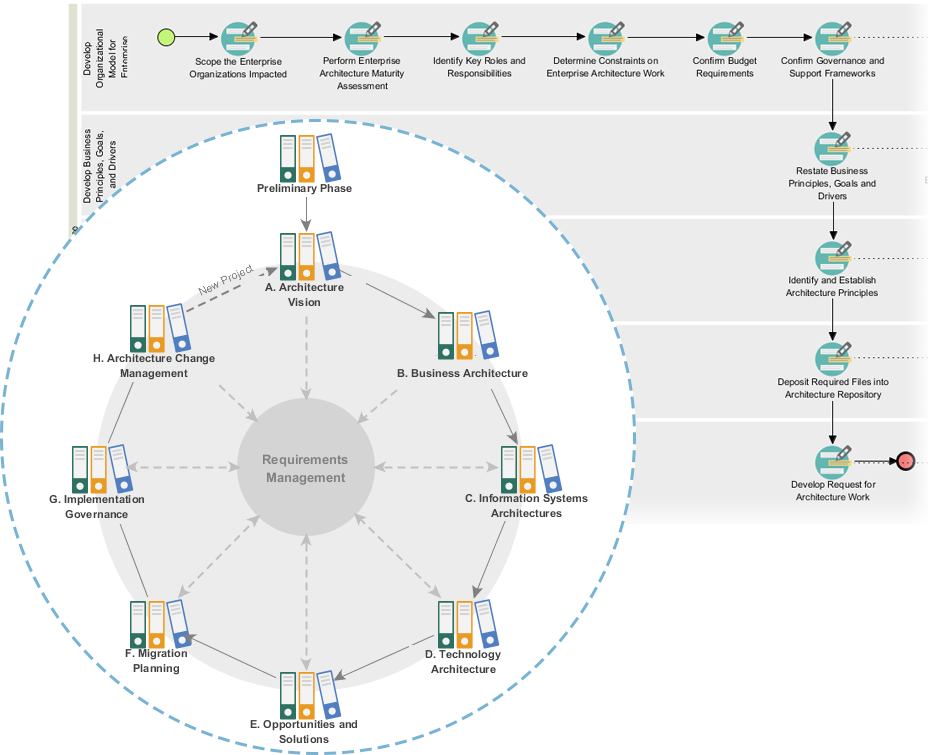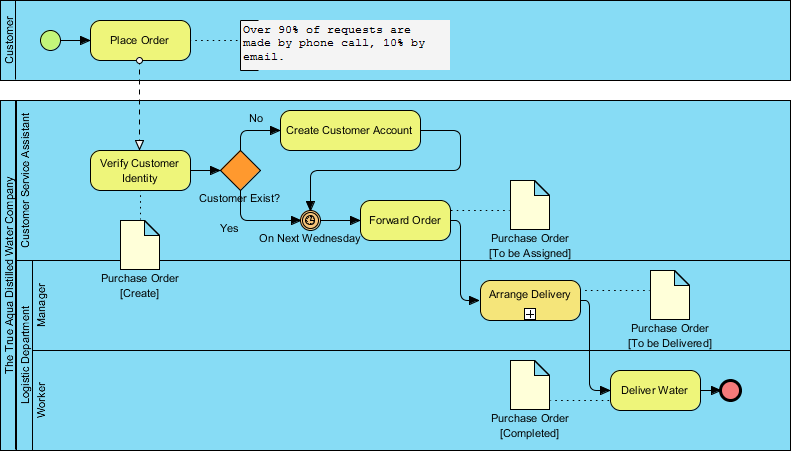The EA Landscape: Navigating the Complex Enterprise Architecture
Enterprise architecture (EA) is a complex and multifaceted discipline, and at its heart lies the concept of the EA Landscape. The EA Landscape encompasses the comprehensive set of architectural descriptions that define an organization's architecture. However, it's important to recognize that the EA Landscape is not a single, monolithic entity, but rather a collection of distinct architectural models and views, each tailored to address specific needs and requirements. Organizing and Populating the EA Landscape Understanding and organizing the EA Landscape is fundamental to the architectural process. Here are some key considerations: Populating the…continue reading →








